PPT-Building Ontologies Barry Smith
Author : RockOn | Published Date : 2022-08-03
EPFL Lausanne January 30 2017 Niagara Falls 2 Canadian Falls 3 4 American Falls 5 Niagara River 6 beau fleuve Buffalo 7 University at Buffalo 8 9 10 How Siri Works
Presentation Embed Code
Download Presentation
Download Presentation The PPT/PDF document "Building Ontologies Barry Smith" is the property of its rightful owner. Permission is granted to download and print the materials on this website for personal, non-commercial use only, and to display it on your personal computer provided you do not modify the materials and that you retain all copyright notices contained in the materials. By downloading content from our website, you accept the terms of this agreement.
Building Ontologies Barry Smith: Transcript
Download Rules Of Document
"Building Ontologies Barry Smith"The content belongs to its owner. You may download and print it for personal use, without modification, and keep all copyright notices. By downloading, you agree to these terms.
Related Documents

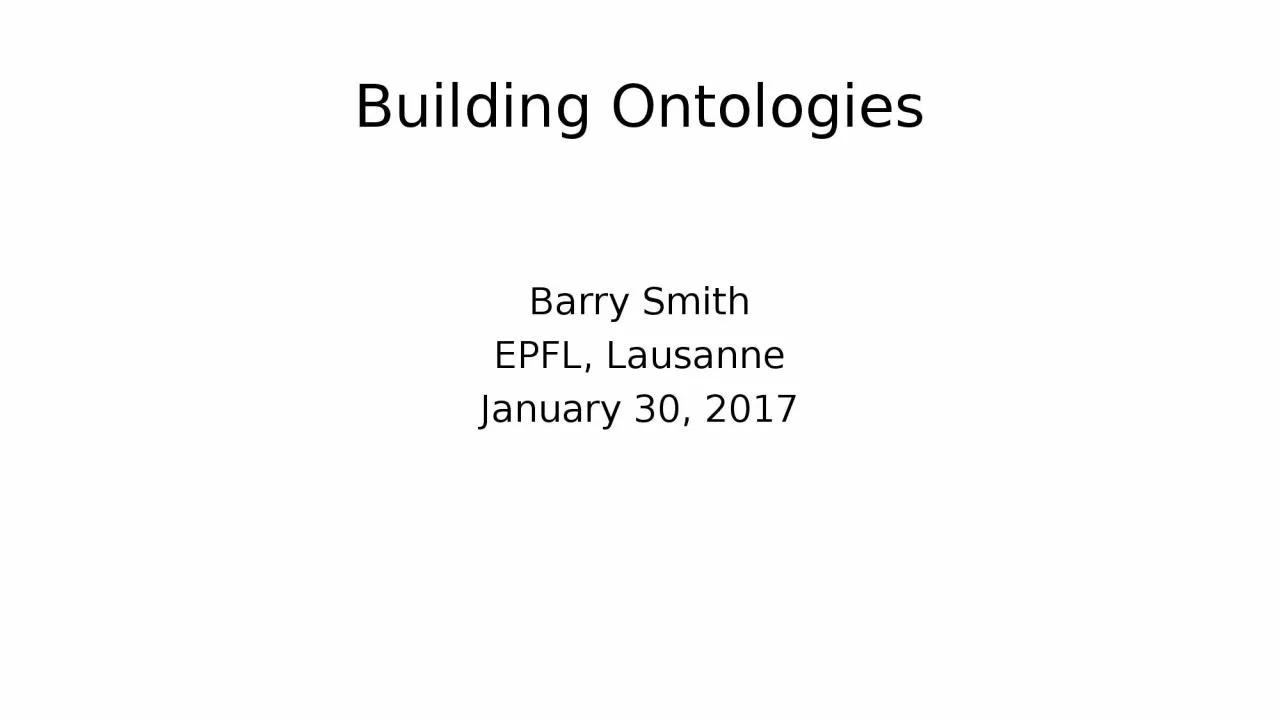

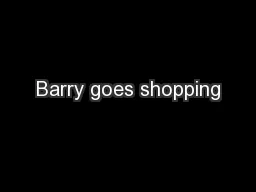
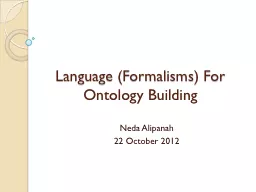
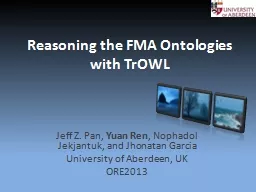
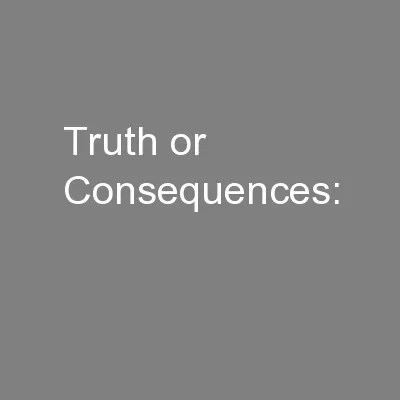
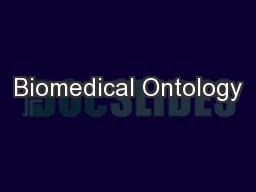
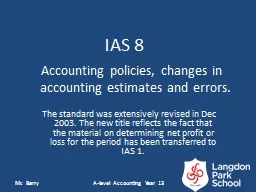
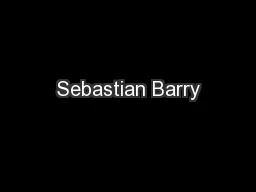
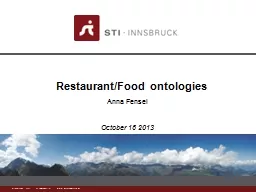
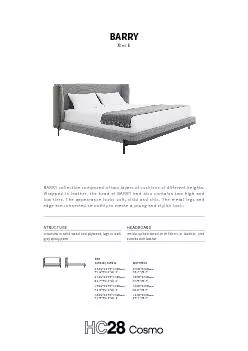
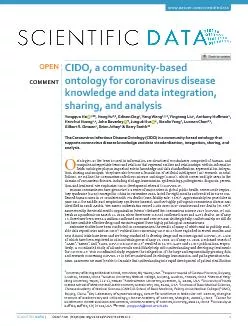
![[DOWLOAD]-Ontologies with Python Programming OWL 2.0 Ontologies with Python and Owlready2](https://thumbs.docslides.com/970331/dowload-ontologies-with-python-programming-owl-2-0-ontologies-with-python-and-owlready2.jpg)
![[FREE]-Ontologies with Python: Programming OWL 2.0 Ontologies with Python and Owlready2](https://thumbs.docslides.com/974946/free-ontologies-with-python-programming-owl-2-0-ontologies-with-python-and-owlready2.jpg)